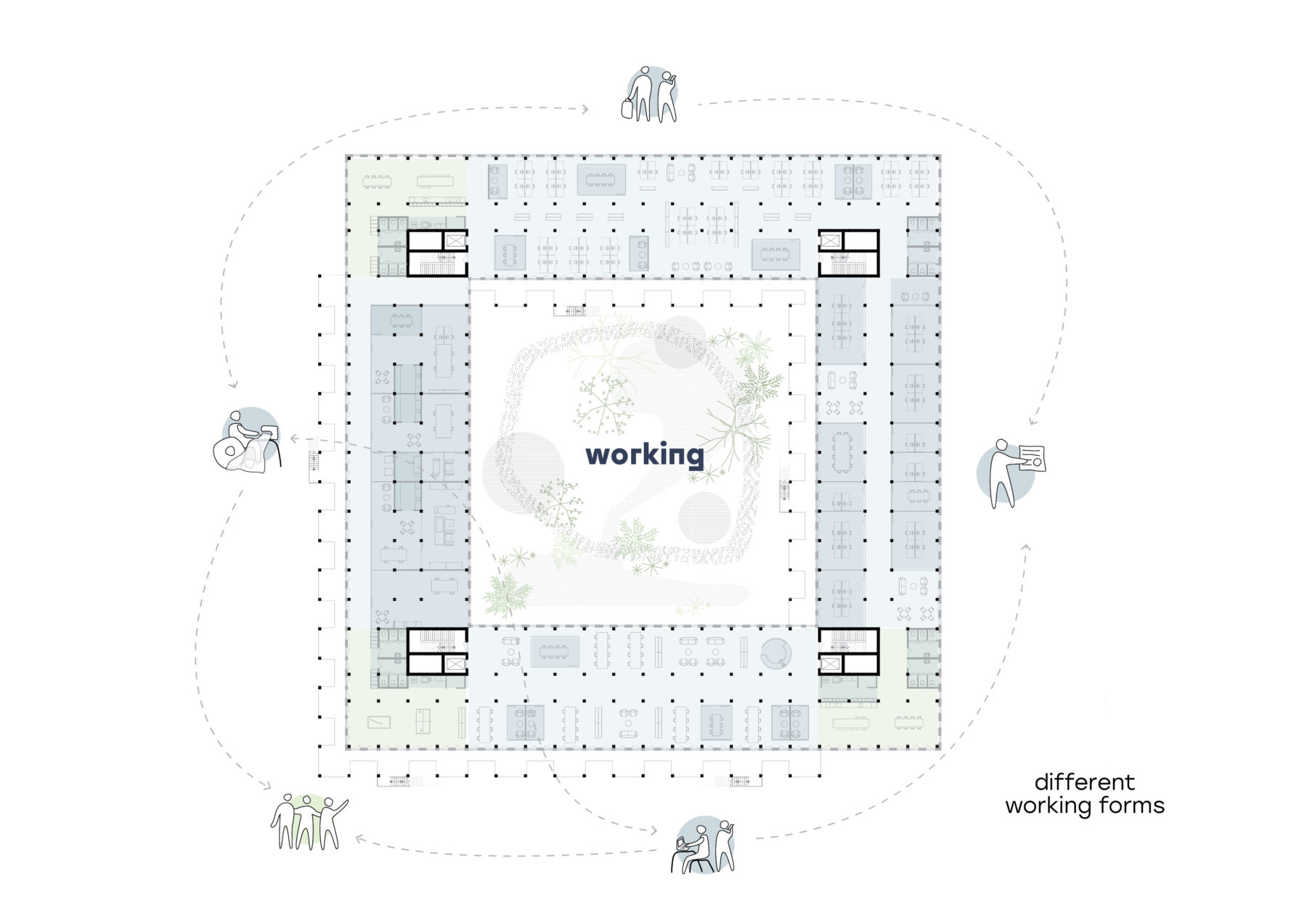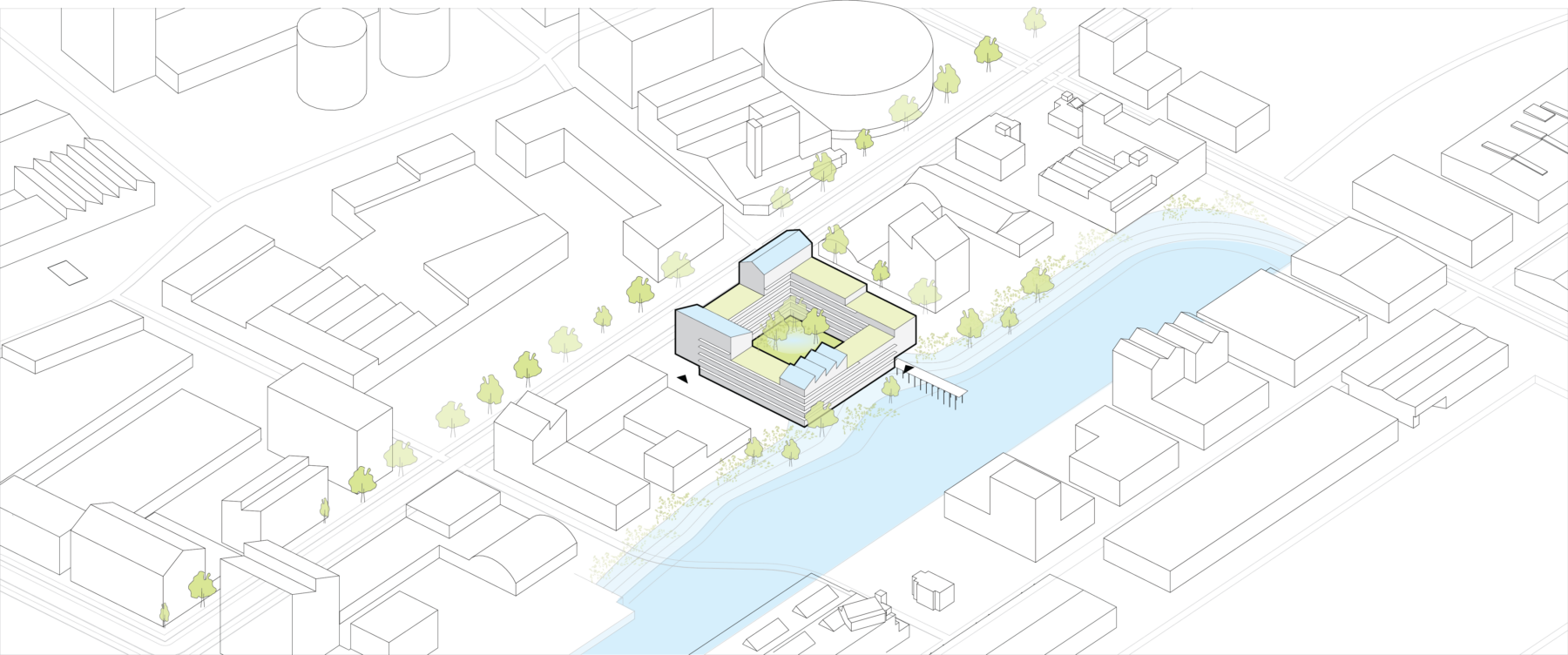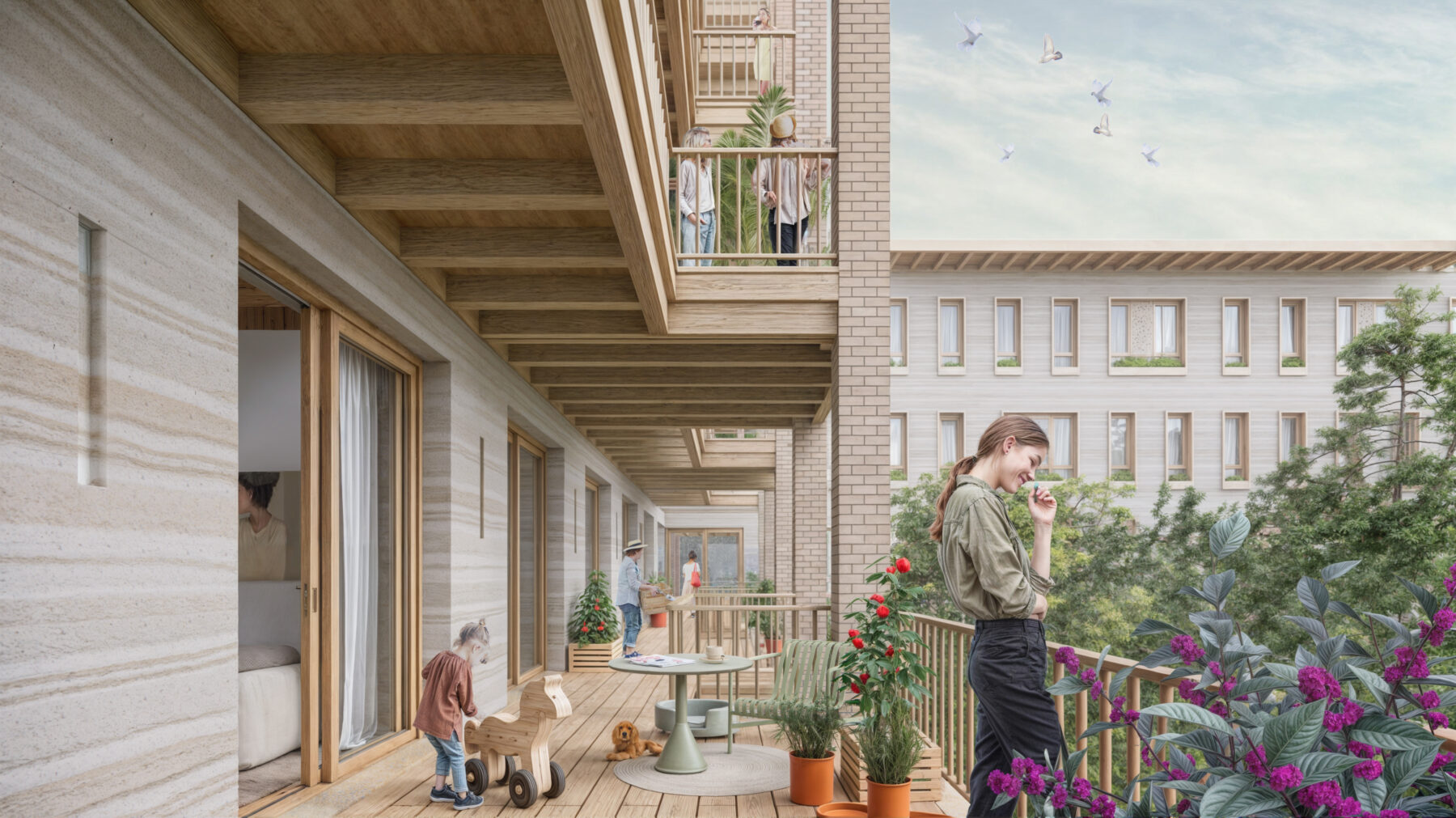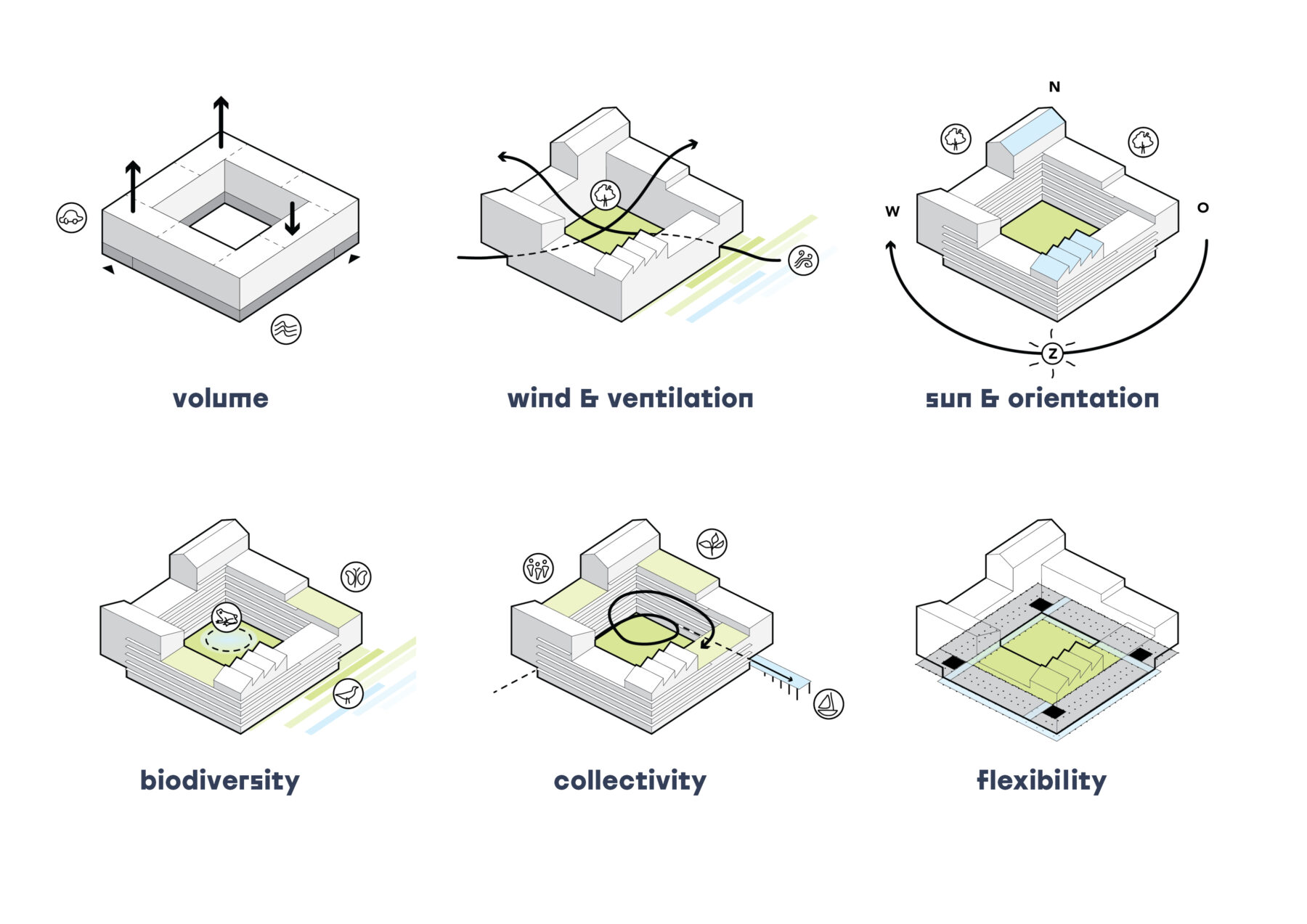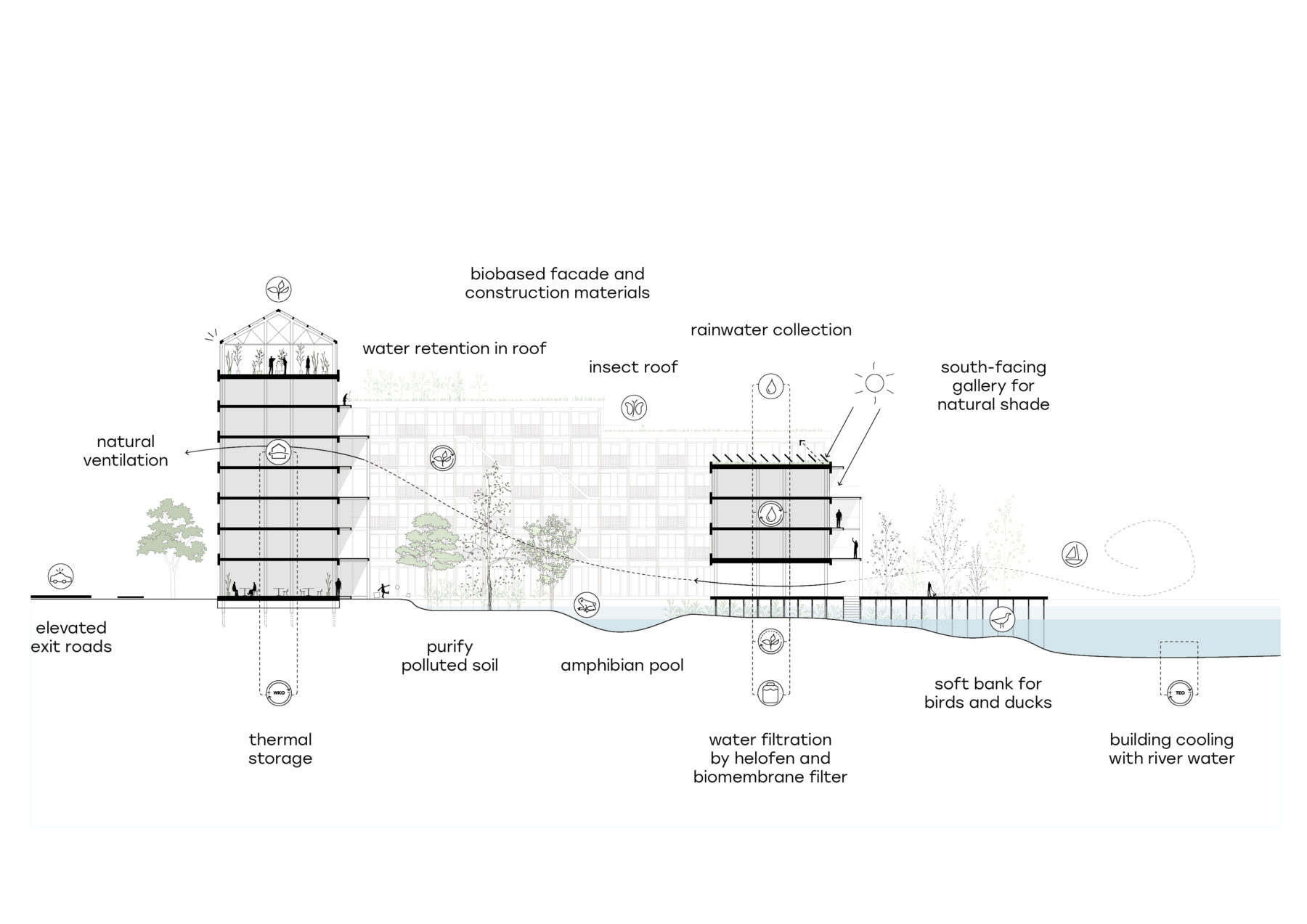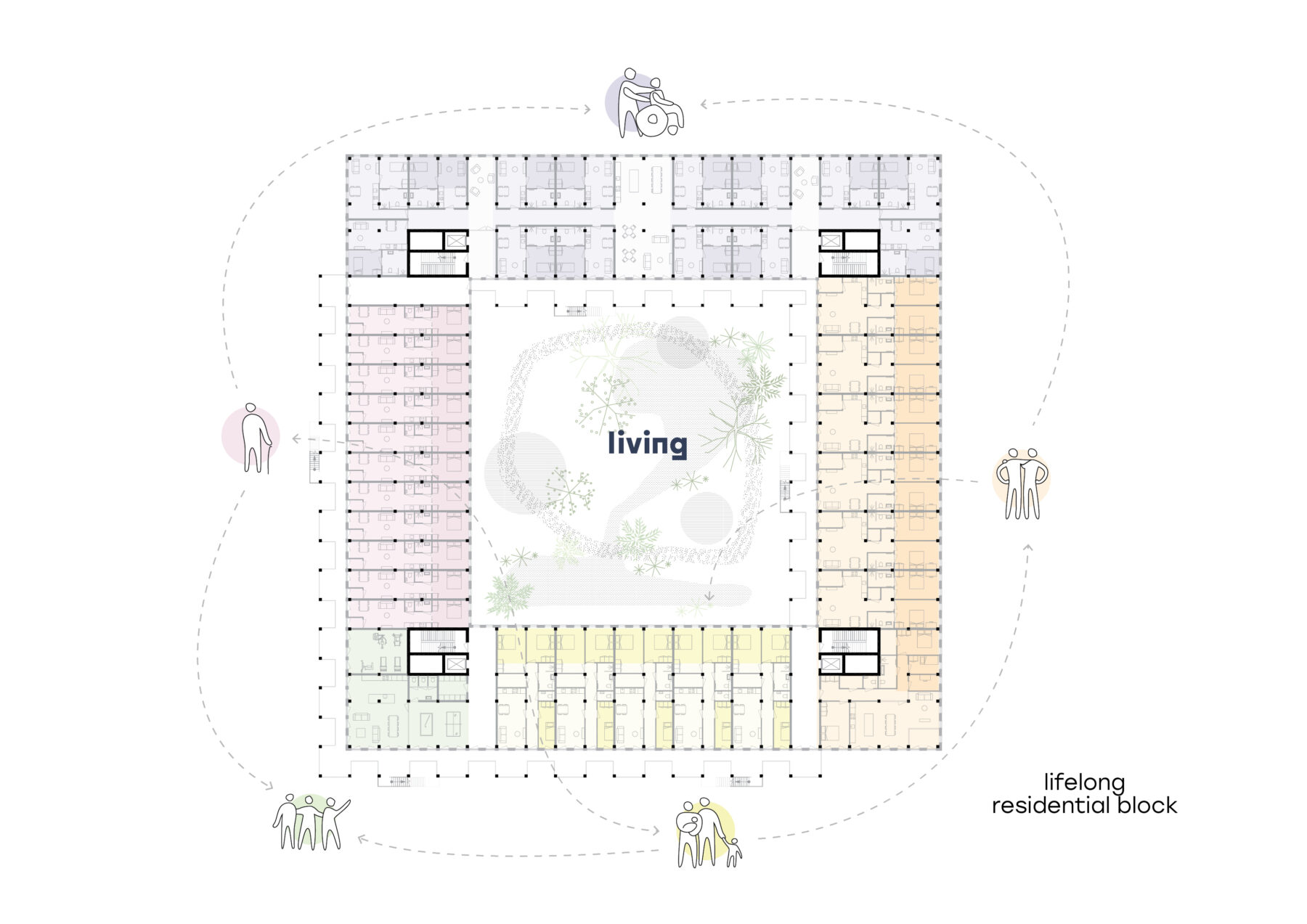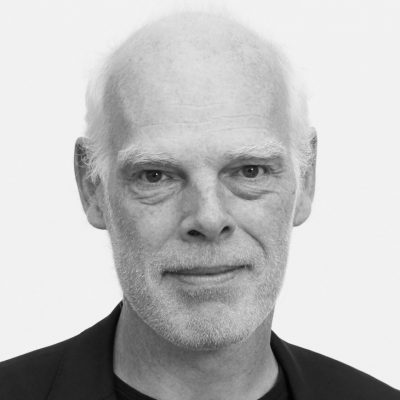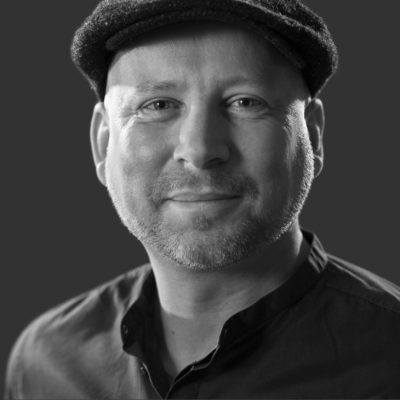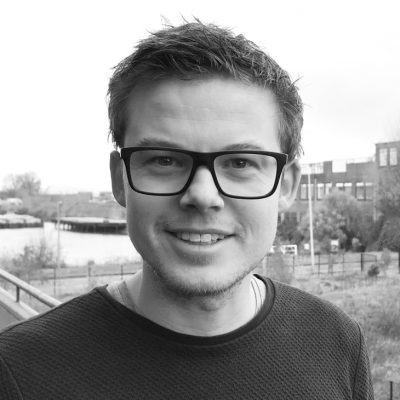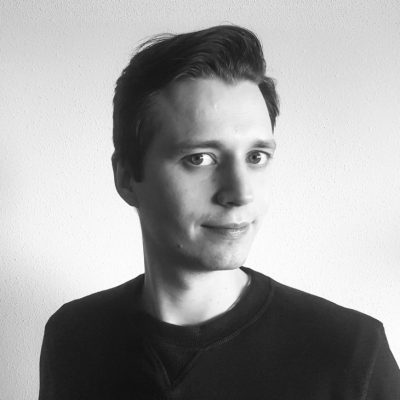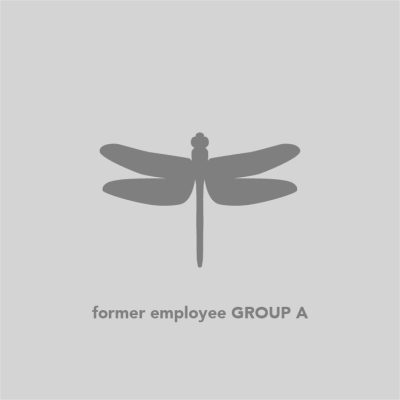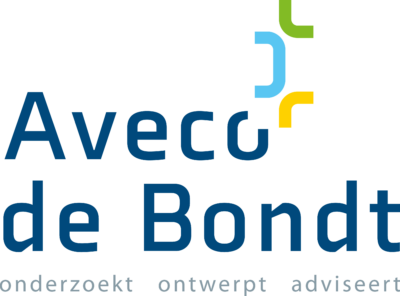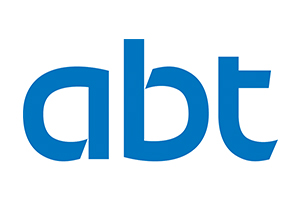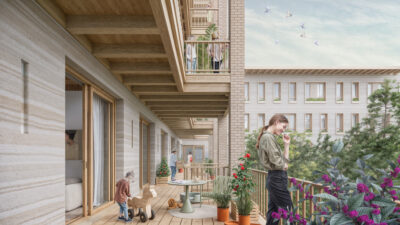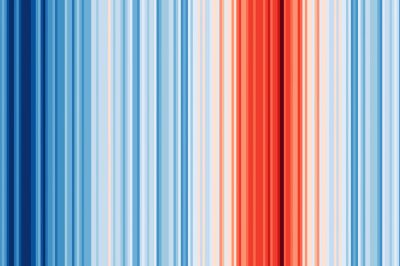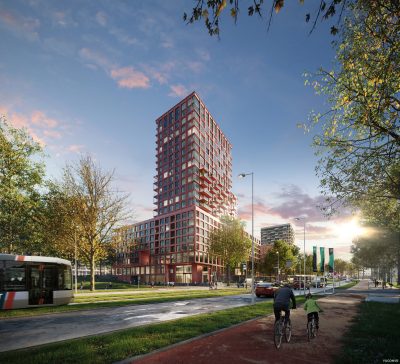If we want to build and live climate-neutral and regenerative in 2050, we must work proactively towards this
right now. GROUP A’s think tank CARBONLAB, together with Aveco de Bondt, DGMR, Adviesbureau ABT-Lüning and De Urbanisten, conducted research into what is already possible with today’s knowledge. The results are promising. Paris Proof building according to the embodied CO2 budgets of 2030 can be done right now.
Paris Proof Block is an investigation into the technical and architectural potential to realize a complex high-rise and multifunctional building within the DGBC Paris Proof budget for embodied CO2 (GWPa) of 2030 and 2050. Two concepts of an ambitious Program of Requirements show that we can build Paris Proof today.
Integral prototype
Situated in Rotterdam’s mixed-use port area Merwe-Vierhavens, Paris Proof Block is a prototype high-rise urban building with an ambitious Program of Requirements. This urban block is a solid (easy to change function), Paris Proof, climate positive, truly energy neutral and has an absolute minimum of complex technical installations. The building is healthy for humans and animals and designed to encourage social interaction. This program has been developed into two different concepts.
Built to Last
The “Built to Last” concept is a building designed to last in its entirety at least 300 years on site. Therefore, solid and heavy materials were used in the design. The resulting thermal mass plays a key role in creating a comfortable indoor climate. The materials can be sourced and produced within a radius of 100 kilometers from the site. This is one of the reasons for using fast-growing fibers such as hemp and for maximum reuse of existing waste streams. This concept, with the knowledge, data and market products of today, will have a GWPa of 131 kg CO2 eq/m2 GFA, which is slightly below the Paris Proof target of the Dutch Green Building Council for 2030. In addition, the biogenic storage would be 221 kg CO2 eq/m2 GFA resulting in a net of 90 kg storage /m2.
Footloose
The “Footloose” concept is a building system that will last at least 150 years and is fully de- and remountable according to Stewart Brand’s Shearing Layers. This allows the building to change location if necessary. The beneficial properties of wood and other biobased materials are maximized to enable a comfortable indoor climate with as little technical support as possible. The materials can be sourced and produced throughout the EU. This concept, with the knowledge, data and market products of today, will have a GWPa of 128 kg CO2 eq/m2 GFA, which is slightly below the Paris Proof target of the Dutch Green Building Council for 2030. In addition, the biogenic storage would be 348 kg CO2 eq/m2 GFA resulting in a net of 220 kg storage /m2.
Paris Proof 2050?
If the Netherlands succeeds in making its entire energy mix more sustainable, the embodied CO2 emissions of these two building systems can also be realized according to the Dutch Green Building Council Paris Proof budgets of 2050. With healthy and responsible materials. Paris Proof Block shows how Paris Proof goals can be achieved with today’s knowledge. It illustrates how this can lead to very different solutions and what opportunities this offers for the building sector and the Netherlands.
Facts
Client
Initiative GROUP A
Assignment
Research into the technical and architectural potential to realize a complex and multifunctional building within the DGBC Paris Proof budget for embodied carbon (GWPa) of 2030 and of 2050
Location
M4H port area Rotterdam
Area
18.000 sqm
Function
Multifunctional building that can facilitate offices, residential, hospitality and small maker spaces
Client
March 2024
In collaboration with
ABT-Lüning, Aveco de Bondt, De Urbanisten, DGMR

